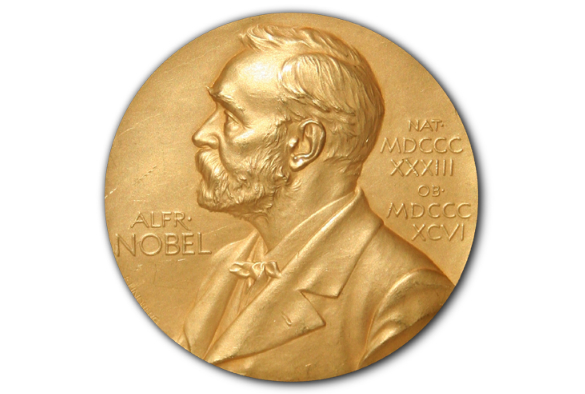
Dr Jason Parsons is a Senior Lecturer in the Department of Molecular and Clinical Cancer Medicine at the University of Liverpool.
The 2015 Nobel Prize in Chemistry has been awarded to Tomas Lindahl, Paul Modrich and Aziz Sancar for mechanistic studies of DNA repair.
I am very pleased to see that these eminent scientists have been rewarded for their groundbreaking research on how cells repair DNA damage. DNA damage repair is a fundamental cellular process that is vital in preventing mutations and the accumulation of genetic alterations. If the damaged DNA remains unrepaired, it can lead to the development of human diseases, including premature ageing, neurodegenerative diseases and cancer. Their work has also paved the way for research into DNA repair pathways as potential targets for drugs that can be used to prevent and treat these human diseases.
Tomas Lindahl demonstrated in the early 1970s that the DNA molecule, contrary to thoughts at the time, is unstable and subject to attack, under normal cellular conditions, by free radicals, UV radiation and environmental carcinogens. These attacks generate tens of thousands of different types of damage that can contribute to the development of human disease. Lindahl consequently discovered the base excision repair pathway that corrects damage to the individual bases, which are the building blocks of the DNA molecule. This is described in his seminal paper in Nature in 1993, which inspired me as an early researcher to work in this field, and has no doubt inspired and stimulated other researchers. Indeed, this paper alone has been cited nearly three thousand times since its publication.
UV radiation, from sunlight exposure, causes a particular type of bulky DNA damage which Aziz Sancar showed is repaired in cells by the nucleotide excision repair pathway. People with defects in this DNA repair pathway are prone to developing skin cancer as a result of sunlight exposure. Paul Modrich demonstrated that the mismatch repair system exists as a mechanism to correct DNA that has been incorrectly copied during cell division. This DNA repair pathway greatly reduces the frequency of errors during the replication of DNA.
There is no question that Tomas Lindahl, Paul Modrich and Aziz Sancar have revolutionised our knowledge and understanding of how living cells repair different types of DNA damage, with wide-ranging impacts on human disease development. Researchers such as myself working in the DNA repair field, and others researching many aspects of human health and disease will undoubtedly agree that they are deserved winners of the Nobel Prize in Chemistry.